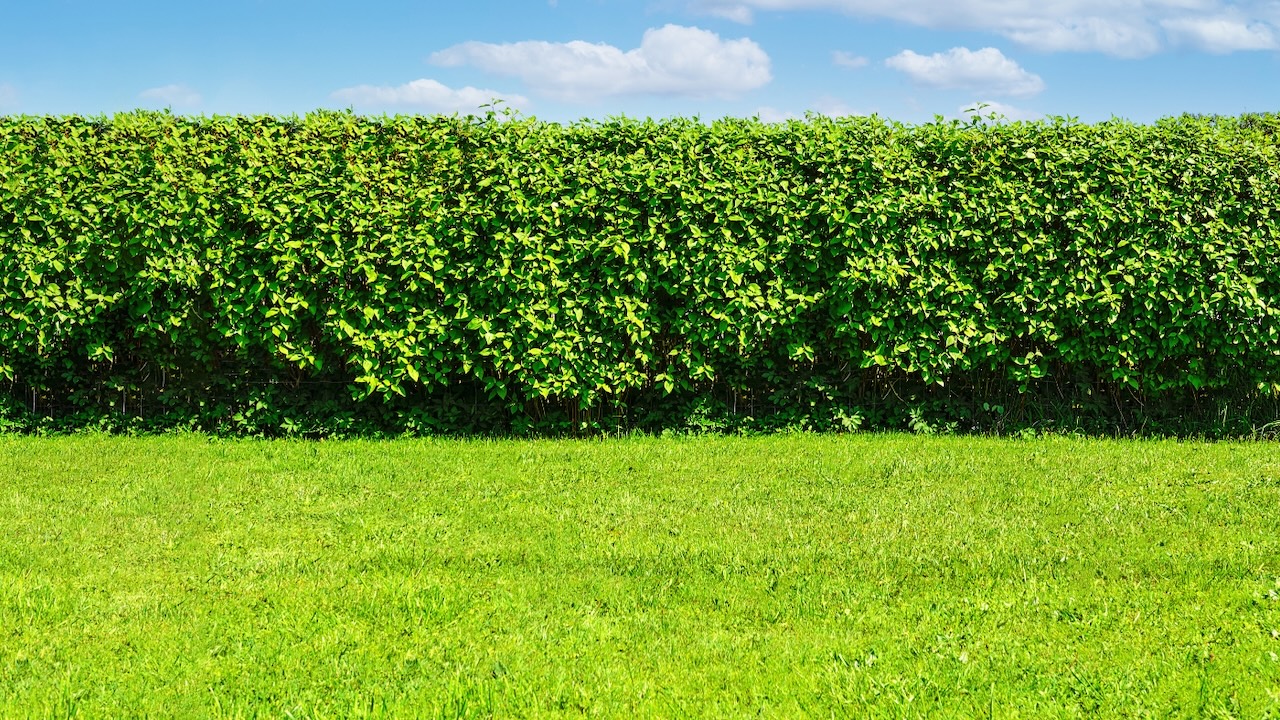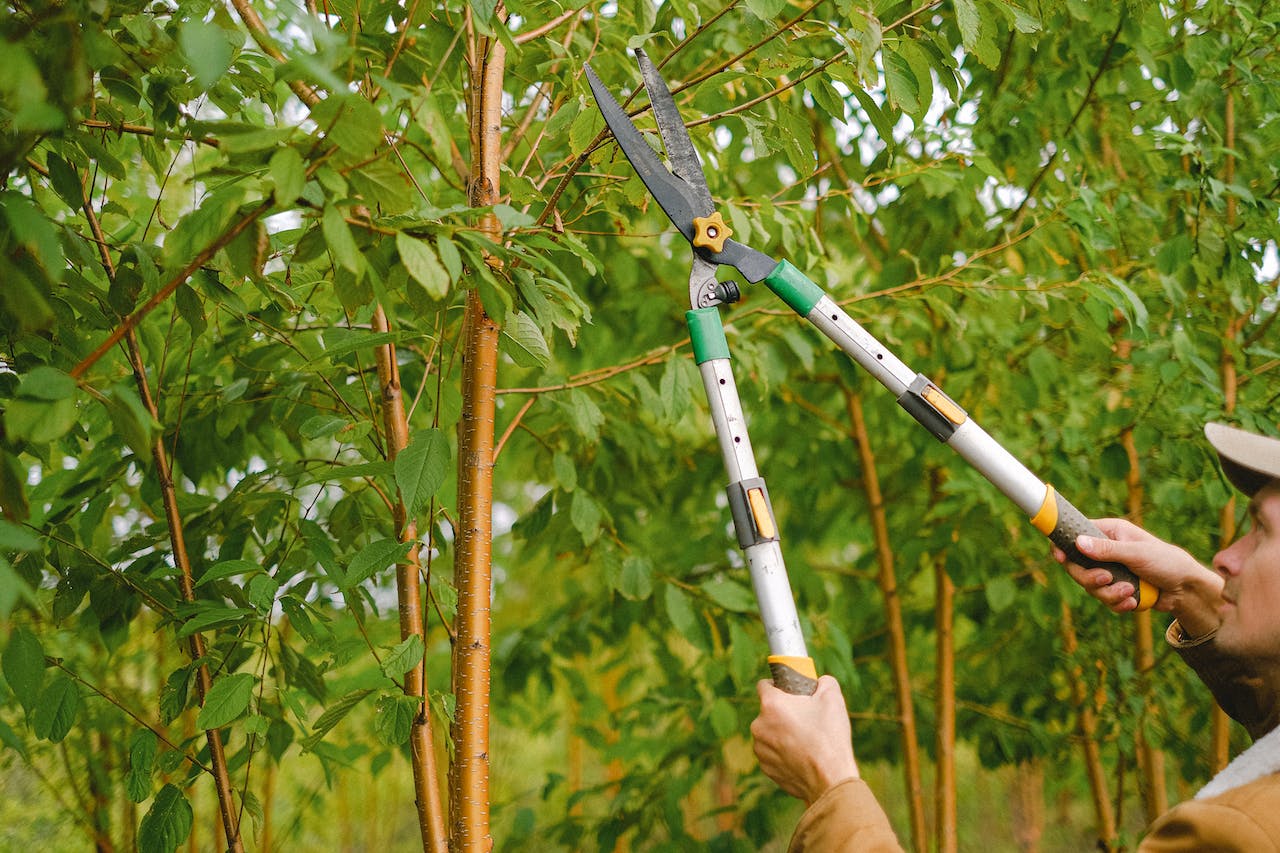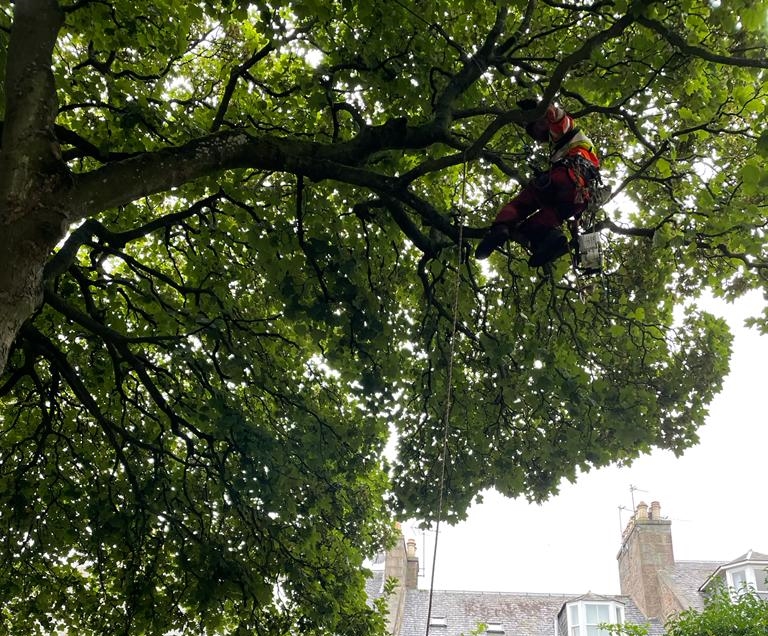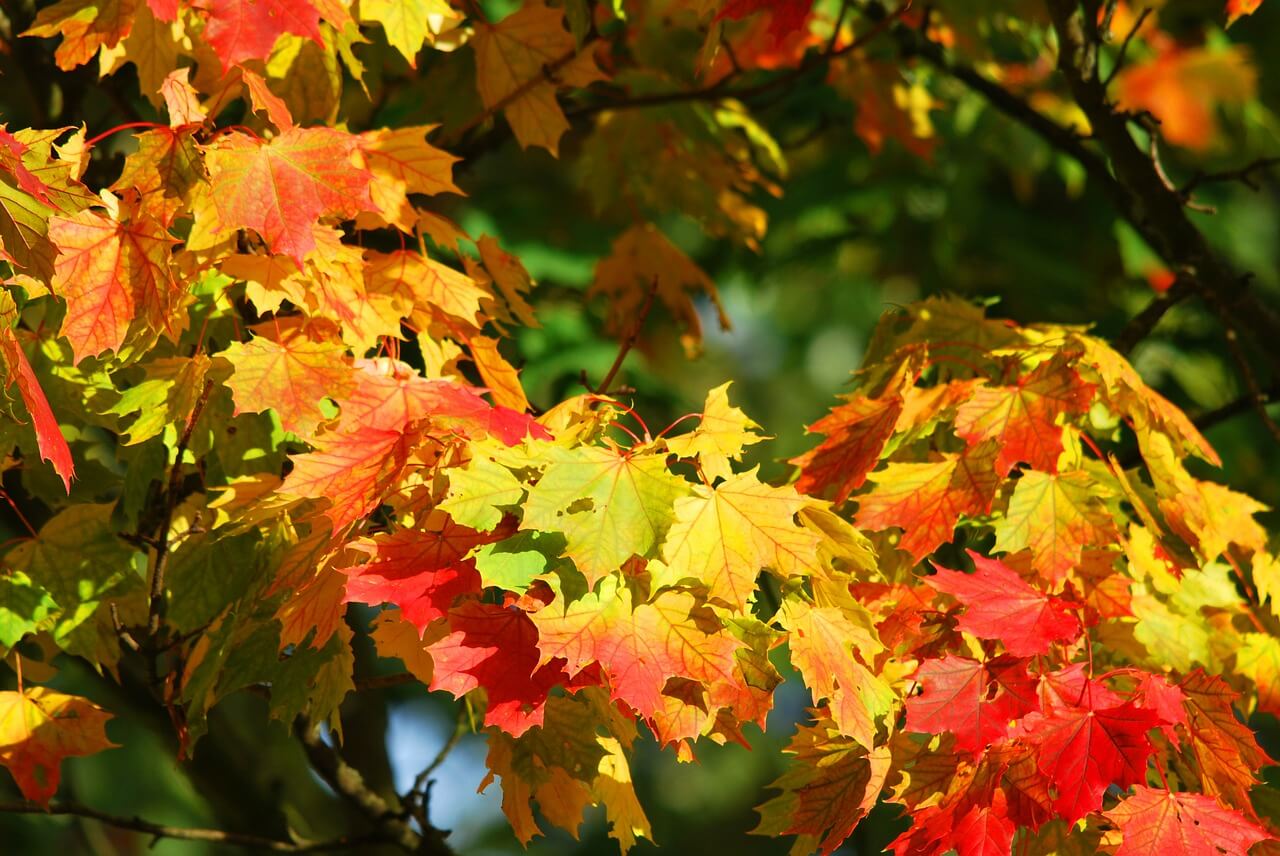When To Trim Hedges
March 25, 2024
Hedges are a great, natural alternative to unsightly fences and walls, in both domestic and commercial properties. However, they do require a little more in the way of care and attention if you wish to keep them in tip-top condition. While a wall or fence may require little to no attention for decades or even longer, a hedge must be regularly trimmed to keep it in good shape and to ensure it does not outgrow its surroundings. If you are not sure exactly when to trim hedges, please don’t worry: everything you need to know can be found below. And if you still have any questions by the time you’ve finished reading, please do not hesitate to call or message us at your convenience. We will be delighted to provide you with any additional information you may desire.

Hedge Trimming Basics: When to Trim?
Up until a hedge is roughly 2 years’ old, there is no specific time that you really need to trim it, unless you want to avoid straggly edges. Once a hedge has been growing for longer than 2 years, it is a good idea to schedule at least 1 annual shaping trim, preferably 2. But exactly when should these trims be performed to ensure best results?
- Just Before Spring – Trimming your hedges just before the first new shoots of spring appear will help you to achieve two important objectives. Firstly, it will provide added stimulation for the new surge of growth that always accompanies the start of spring. Secondly, it will ensure that any rough cuts are quickly covered up by the new growth. In North East Scotland, you will probably want to complete your pre-spring trim before the 2nd week of March at the latest.
- Summer or Autumn – If you are able to squeeze in a 2nd trim every year, the best time to do this will be either late summer or autumn, depending on the species in question. This 2nd annual trim will help to ensure that your hedges do not look completely out of control by the time spring next comes around and will prevent new shoots of growth from being damaged by winter frosts.
Now you know when to trim hedges, let’s move on to discuss the best trimming methods and tools to employ.
Hedge Trimming Basics: How to Trim?
If you want to keep your hedges in the best condition possible, we recommend following the suggestions below:
- Never Cut Back New Growth Completely – In order to keep a hedge looking healthy and vigorous, it is important to avoid removing each new year’s growth completely when you perform your pre-spring trim. Instead, aim to remove a third to a half of the length of any new shoots that have grown since your previous trim.
- Follow a Conical or Trapezoidal Patter When Trimming – By making the tops of your hedges slightly narrower than the bottoms, you will help to ensure that all parts receive adequate sunlight throughout the course of the year.
- Taper the Top – A tapered cut on the top of a hedge helps to reduce the amount of snow that can accumulate there during the winter months, which in turn reduces the risk of limbs breaking under the weight of the snow.
- Consider Hiring a Professional – The easiest way to ensure that your hedges always look good is to hire a local professional to trim them for you.
If you are looking for a local professional to trim your hedges in North East Scotland, please feel free to call or message us at any time.
Telephone Number
Location
Craigenseat Farm, Crossroads, Keith, AB55 6LQ, United Kingdom
More from Epic Tree Care
Check our library of articles regularly, as we’re constantly growing our knowledgebase.











